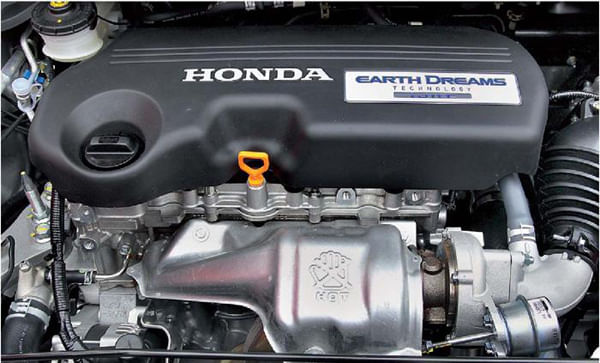Honda’s highly anticipated Amaze saloon will launch on April 11 with the company’s new made-for-India 1.5-litre i-DTEC diesel engine under the hood. This will be Honda’s first diesel engine in India and it is set to cause a sensation when it’s launched. The Indian market is skewed towards cars that promise more per litre, which explains why the Amaze has already garnered the interest of most Indian car buyers. The Amaze diesel will, in all likelihood, enter the market as India’s most efficient car (if you take the Indian Driving Cycle or IDC figure of 25.8kpl into consideration). Of course, real world figures will be lower. But how has Honda done it? How has it made this car so efficient?
Weight-saving was high priority for Honda when designing this car, which is evident by its use of a thin-walled aluminium engine block, an aluminium head and lightweight cast-iron cylinder liners. In an effort to further reduce weight, Honda has opted for an open-deck construction, unusual for an aluminium diesel engine block, as a closed deck construction is normally considered to be stronger (aluminium blocks in the past were known to suffer from warping under heavy loads).

What’s more, Honda’s automotive lubricants partner, Idemitsu, has developed a special engine oil with an ultra-low viscosity rating that helps the Amaze achieve its high fuel efficiency figure. Honda has also worked hard at reducing the mechanical friction of the i-DTEC engine, something it has done for years with its petrol motors. Engineers have used shorter and thinner piston skirts in an effort to reduce mechanical friction even further, and these and other changes have resulted in a greatly reduced amount of overall friction. Honda claim a massive reduction in mechanical friction of 40 percent at 1500rpm over conventional diesel motors, and that is huge, especially since the aforementioned engine speed is where diesels normally spin.


































